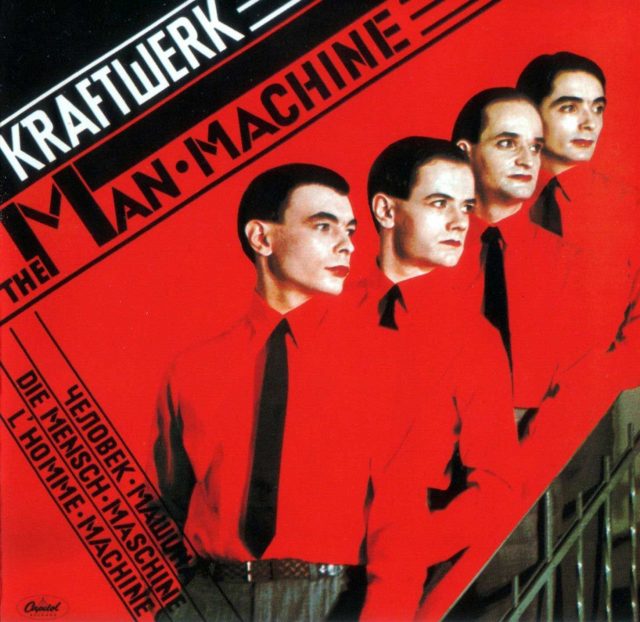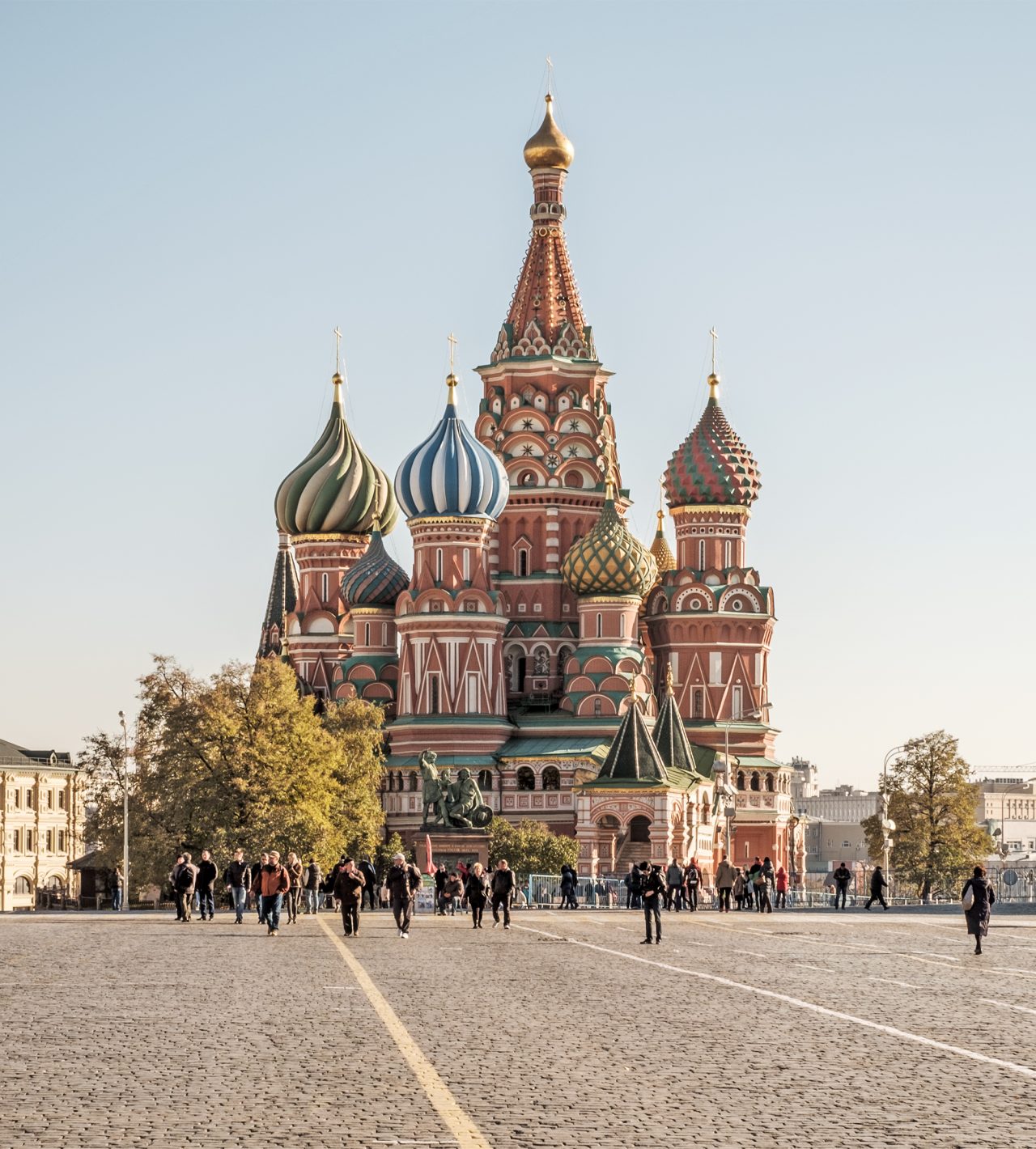Watches
Russia isn’t known for the elegance of its timepieces – many of its best-known brands such as Poljot, Slava and Vostok made their names supplying the armed forces and aviation market, and their designs are better known for their military-grade durability than for their looks. But some such as Raketa are bucking the trend with watches which offer both accuracy and style. The design of the Raketa Avant-Garde is influenced by the abstract shapes of artists including Malevich and Kandinsky, in the hands, dial, strap and even the movement itself.

The designers say you should “interpret the resulting picture as you wishes, to find your own meaning, depending on your mood and imagination.” This edition, limited to 300 pieces, features a 24-jewel automatic winding movement, a black 22mm case, colourful strap, open case back and decoration on its automatic movement. Price is €1,125.
Design
Lazar Markovich Lissitzky, 1890-1941, known a El Lissitzky, was among the most influential Russian artists, designers, photographers, typographers, polemicists and architects. A central figure in the Russian avant-garde, he helped develop the concept of Suprematism with his mentor, Kazimir Malevich, and designed numerous exhibition displays and propaganda works for the Soviet Union.
His work greatly influenced the Bauhaus and constructivist movements, and he experimented with production techniques and stylistic devices that would go on to dominate 20th-century graphic design. His career was led by the belief that the artist could be an agent for change, summarised in his concept of “das zielbewußte Schaffen” (goal-oriented creation).

El Lissitzky’s suprematist series Proun (“Project for the Affirmation of the New”) with its limited colour palettes and grid-like structures, sealed his reputation, and as the Russian cultural ambassador to Weimar Germany he worked with and influenced important figures of the Bauhaus and De Stijl movements. In typography, exhibition design, photomontage, and book design, he produced critically respected works and won international acclaim for his exhibition design. His work continued right up to his death in 1941, when one of his last works was a Soviet propaganda poster rallying the people to construct more tanks for the fight against Nazi Germany. You’ll see his influence everywhere from the design of the business lounge in Moscow airport to the sleeve of Kraftwerk’s seminal techno-pop album The Man Machine.













